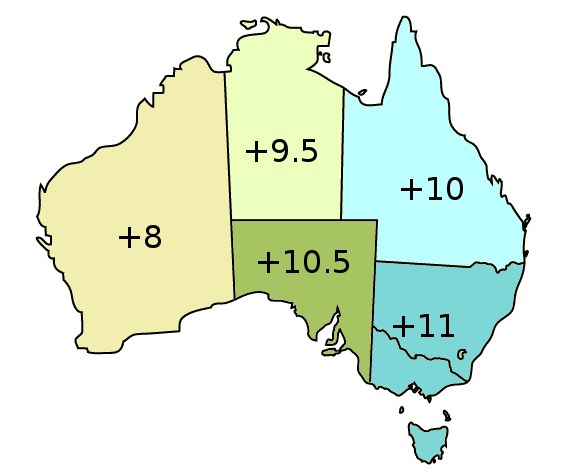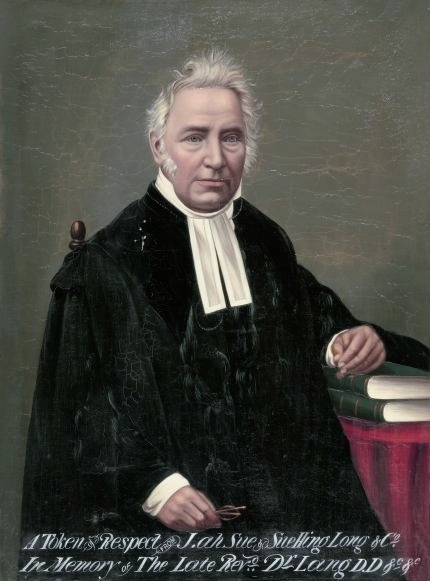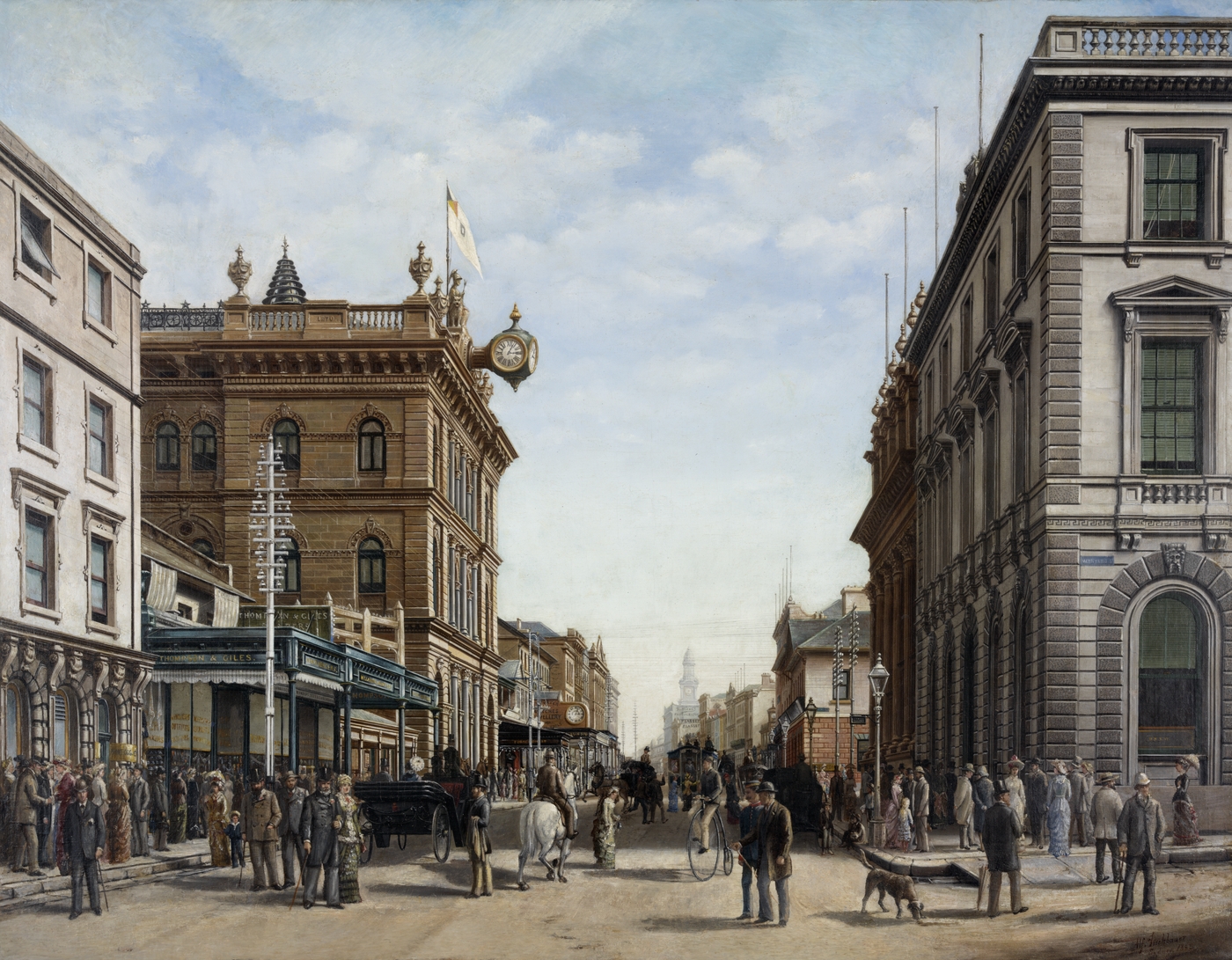|
Aspley, Queensland
Aspley is a suburb in the City of Brisbane, Queensland, Australia. In the , Aspley had a population of 12,108 people. Geography Aspley is located about north and about a half-hour drive north of the Brisbane central business district. It is positioned on flat ground south of Cabbage Tree Creek, centred on Little Cabbage Tree Creek and on the surrounding hills to the east and south. History Prior to European settlement, Australian aborigines of the Duke of York clan lived in the local area, though their main camping ground was further south in the suburb now known as Herston. The Duke of York clan was part of the Turrbal tribe who occupied the area north from Logan River, south of the North Pine River, east of Moggill Creek to Moreton Bay. Soon after Brisbane was declared a free settlement in 1842, Europeans began exploring the lands north of Brisbane City. The suburb was originally known as North Chermside until the mid 1970s. A northern route followed aboriginal tracks thr ... [...More Info...] [...Related Items...] OR: [Wikipedia] [Google] [Baidu] |
AEST
Australia uses three main time zones: Australian Western Standard Time (AWST; UTC+08:00), Australian Central Standard Time (ACST; UTC+09:30), and Australian Eastern Standard Time (AEST; UTC+10:00). Time is regulated by the individual state governments, some of which observe daylight saving time (DST). Australia's external territories observe different time zones. Standard time was introduced in the 1890s when all of the Australian colonies adopted it. Before the switch to standard time zones, each local city or town was free to determine its local time, called local mean time. Now, Western Australia uses Western Standard Time; South Australia and the Northern Territory use Central Standard Time; while New South Wales, Queensland, Tasmania, Victoria, Jervis Bay Territory, and the Australian Capital Territory use Eastern Standard Time. Daylight saving time (+1 hour) is used in jurisdictions in the south and south-east: South Australia, New South Wales, Victoria, Tasm ... [...More Info...] [...Related Items...] OR: [Wikipedia] [Google] [Baidu] |
Queensland
) , nickname = Sunshine State , image_map = Queensland in Australia.svg , map_caption = Location of Queensland in Australia , subdivision_type = Country , subdivision_name = Australia , established_title = Before federation , established_date = Colony of Queensland , established_title2 = Separation from New South Wales , established_date2 = 6 June 1859 , established_title3 = Federation of Australia, Federation , established_date3 = 1 January 1901 , named_for = Queen Victoria , demonym = , capital = Brisbane , largest_city = capital , coordinates = , admin_center_type = Administration , admin_center = Local government areas of Queensland, 77 local government areas , leader_title1 = Monarchy of Australia, Monarch , leader_name1 = Charles III , leader_title2 = Governor of Queensland, Governor , leader_name2 = Jeannette Young , leader_title3 = Premier of Queensland, Premier , leader_name3 = Annastacia Palaszczuk (Australian Labor Party (Queensland Branch), AL ... [...More Info...] [...Related Items...] OR: [Wikipedia] [Google] [Baidu] |
English People
The English people are an ethnic group and nation native to England, who speak the English language, a West Germanic language, and share a common history and culture. The English identity is of Anglo-Saxon origin, when they were known in Old English as the ('race or tribe of the Angles'). Their ethnonym is derived from the Angles, one of the Germanic peoples who migrated to Great Britain around the 5th century AD. The English largely descend from two main historical population groups the West Germanic tribes (the Angles, Saxons, Jutes and Frisians) who settled in southern Britain following the withdrawal of the Romans, and the partially Romanised Celtic Britons already living there.Martiniano, R., Caffell, A., Holst, M. et al. Genomic signals of migration and continuity in Britain before the Anglo-Saxons. Nat Commun 7, 10326 (2016). https://doi.org/10.1038/ncomms10326 Collectively known as the Anglo-Saxons, they founded what was to become the Kingdom of England ... [...More Info...] [...Related Items...] OR: [Wikipedia] [Google] [Baidu] |
Aspley, Nottingham
Aspley is a council estate and a ward of the city of Nottingham, Nottinghamshire, England. It is located within the boundaries of Nottingham City Council. The ward is located 3 miles (4.8 km) west of Nottingham City Centre and is located only 1.6 miles west of Junction 26 of the M1. It lies south of Bulwell, west of Basford and is north of Bilborough. The principal road in the ward is the A610. At the 2001 Census the ward had a population of 15,689, increasing to 17,622 at the 2011 census. For a number of centuries the ward consisted of just a number of small settlements and was home to both Broxtowe and Aspley Hall, the latter home to the Willoughby family for a number of generations. In the early 20th century Nottingham City Council, after a number of purchase orders developed the area into a large housing estate. The ward contains three housing estates which consist of Aspley, Broxtowe (not to be confused with the borough Broxtowe) and Bells Lane estate. Aspley ... [...More Info...] [...Related Items...] OR: [Wikipedia] [Google] [Baidu] |
Nottinghamshire
Nottinghamshire (; abbreviated Notts.) is a landlocked county in the East Midlands region of England, bordering South Yorkshire to the north-west, Lincolnshire to the east, Leicestershire to the south, and Derbyshire to the west. The traditional county town is Nottingham, though the county council is based at County Hall in West Bridgford in the borough of Rushcliffe, at a site facing Nottingham over the River Trent. The districts of Nottinghamshire are Ashfield, Bassetlaw, Broxtowe, Gedling, Mansfield, Newark and Sherwood, and Rushcliffe. The City of Nottingham was administratively part of Nottinghamshire between 1974 and 1998, but is now a unitary authority, remaining part of Nottinghamshire for ceremonial purposes. The county saw a minor change in its coverage as Finningley was moved from the county into South Yorkshire and is part of the City of Doncaster. This is also where the now-closed Doncaster Sheffield Airport is located (formerly Robin Hood Airport) ... [...More Info...] [...Related Items...] OR: [Wikipedia] [Google] [Baidu] |
Separation Of Queensland
The Separation of Queensland was an event in 1859 in which the land that forms the present-day State of Queensland in Australia was excised from the Colony of New South Wales and created as a separate Colony of Queensland. History European settlement of Queensland began in 1824 when Lieutenant Henry Miller, commanding a detachment of the 40th Regiment of Foot, founded a convict outpost at Redcliffe. The settlement was transferred to the north bank of the Brisbane River the following year and continued to operate as a penal establishment until 1842, when the remaining convicts were withdrawn and the district opened to free settlement. By then squatters had already established themselves on the Darling Downs, far distant from the seat of the New South Wales government in Sydney. Agitation soon commenced for the creation of a separate northern colony which could look after local interests, with the clamour being no less apparent in the fledgling township of Brisbane. In the ... [...More Info...] [...Related Items...] OR: [Wikipedia] [Google] [Baidu] |
Fitzgibbon, Queensland
Fitzgibbon is a northern suburb of the City of Brisbane, Queensland, Australia. In the , Fitzgibbon had a population of 5,656 people. Geography The suburb is one of the smallest suburbs in Brisbane. The suburb is roughly triangular in shape, and is bounded by the North Coast railway, Cabbage Tree Creek, and Telegraph Road. It was subdivided for residential use in the 1980s and 1990s. History The suburb was named after Abram Fitzgibbon, who was chief engineer of railways in Queensland in the 1860s. The area was previously the site of a council landfill. The landfill was first opened on 1 December 1981, and was located on Telegraph Road (now the Bill Brown Sports Reserve). On 14 January 1985, the site was closed and moved further south to Roghan Road (now the site of the Hidden World playground). It operated until 30 September 1995. In the , Fitzgibbon had a population of 5,656 people, 52.4% female and 47.6% male. The median age of the Fitzgibbon population was 33 year ... [...More Info...] [...Related Items...] OR: [Wikipedia] [Google] [Baidu] |
New South Wales
) , nickname = , image_map = New South Wales in Australia.svg , map_caption = Location of New South Wales in AustraliaCoordinates: , subdivision_type = Country , subdivision_name = Australia , established_title = Before federation , established_date = Colony of New South Wales , established_title2 = Establishment , established_date2 = 26 January 1788 , established_title3 = Responsible government , established_date3 = 6 June 1856 , established_title4 = Federation , established_date4 = 1 January 1901 , named_for = Wales , demonym = , capital = Sydney , largest_city = capital , coordinates = , admin_center = 128 local government areas , admin_center_type = Administration , leader_title1 = Monarch , leader_name1 = Charles III , leader_title2 = Governor , leader_name2 = Margaret Beazley , leader_title3 = Premier , leader_name3 = Dominic Perrottet ( Liberal) , national_representation = Parliament of Australia , national_representation_type1 = Sen ... [...More Info...] [...Related Items...] OR: [Wikipedia] [Google] [Baidu] |
Gympie Road
Gympie Road is a major road in the northern suburbs of Brisbane, Queensland, Australia. The road forms part of the main road route from the Brisbane Central Business District (CBD) to the northern suburbs, Sunshine Coast and east coast of Queensland. Gympie Road is designated A3 from Lutwyche Road, Kedron to the Gympie Arterial Road, Bald Hills. The road then continues as State Route 58 to Dayboro Road, Petrie. Gympie Road is named after the town of Gympie, north of the Sunshine Coast. Landmarks Gympie Road is lined with many shops, fast food outlets, restaurants, car yards, factories, motels, caravan parks, parks and schools including: * Kedron Park Hotel (est. 1881) * Kedron Brook * Lutwyche Cemetery (est. 1878) * Top Taste * Edinburgh Castle Hotel (est. 1868) * Westfield Chermside * Marchant Park * Bunnings Warehouse * Bald Hills Primary School * St Paul's School * Pine Rivers Park * Strathpine Centre * Pine Rivers State High School * Strathpine Primary Sc ... [...More Info...] [...Related Items...] OR: [Wikipedia] [Google] [Baidu] |
Albany Creek, Queensland
Albany Creek is a southern suburb in the Moreton Bay Region, Queensland, Australia. In the , Albany Creek had a population of 15,769 people. Geography Albany Creek is located approximately 17 kilometres north-west of the Brisbane central business district. Cashs Crossing is a historic crossing point of the South Pine River (). It takes its name from early settlers James and Mary Cash, who settled near the crossing point. South Pine Road now crosses the river at that point via a bridge. History Albany Creek is situated in the Yugarabul traditional Indigenous Australian country. The suburb of Albany Creek was originally established on the intersection of two Aboriginal tracks. The main track formed the primary route north of Brisbane and is still known as "Old Northern Road". The second track formed a route from Old Northern Road to Little Cabbage Tree Creek in Aspley and onto Downfall Creek in Chermside. Albany Creek Road and Gympie Road now follow this second route ... [...More Info...] [...Related Items...] OR: [Wikipedia] [Google] [Baidu] |
Everton Hills, Queensland
Everton Hills is a suburb in the Moreton Bay Region, Queensland, Australia. In the , Everton Hills had a population of 5,938 people. Geography Located in the north-west of the Brisbane metropolitan area, the suburb extends northwest from Everton Park; this separation of suburbs is marked by a park called 'Boundary Park'. Everton Hills' southern boundary runs along the Kedron Brook, separating it from Mitchelton. It is also located at the edge of the Bunyaville Forest Reserve. Informally it is part of the Hills District. History Everton Hills is situated in the Yugarabul traditional Indigenous Australian country. Everton Hills takes its name from its neighbouring suburb Everton Park which in turn was named after the residence of pioneer settler Ambrose McDowall, who named his residence after Everton, a suburb in Liverpool, England. In the 1890s, the town of Bunyaville () was located north of South Pine Road in the present-day suburbs of Everton Hills and Everton Par ... [...More Info...] [...Related Items...] OR: [Wikipedia] [Google] [Baidu] |
Enoggera, Queensland
Enoggera is a north-western suburb in the City of Brisbane, Queensland, Australia. It is home to the Gallipoli Barracks. Geography Enoggera is by road north-west of the Brisbane GPO. The west of the suburb is dominated by Enoggera Hill () rising to . The Ferny Grove railway line passes through the north-east of Enoggera, with the suburb served by the Enoggera railway station (). History Aboriginal history The word Enoggera is a wrongly spelled by an error made at the Government Lands Office, when the letter u was mistaken for n. It was intended that the name should be recorded as ''Euogerra'', a contraction of the Turrbal phrase ''youara-ngarea'' meaning literally "sing-play" or song and dance. It refers to a ceremonial site used for dancing. It is said to have first applied to a site near the mouth of Breakfast Creek. It is possible, however, that the name was independently applied to a site at the place at presently known as Enoggera. They named the area near Bancr ... [...More Info...] [...Related Items...] OR: [Wikipedia] [Google] [Baidu] |








